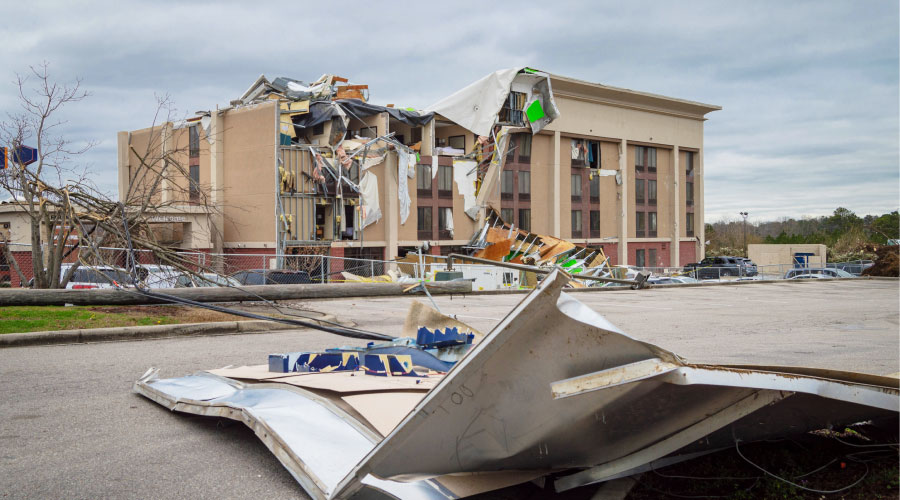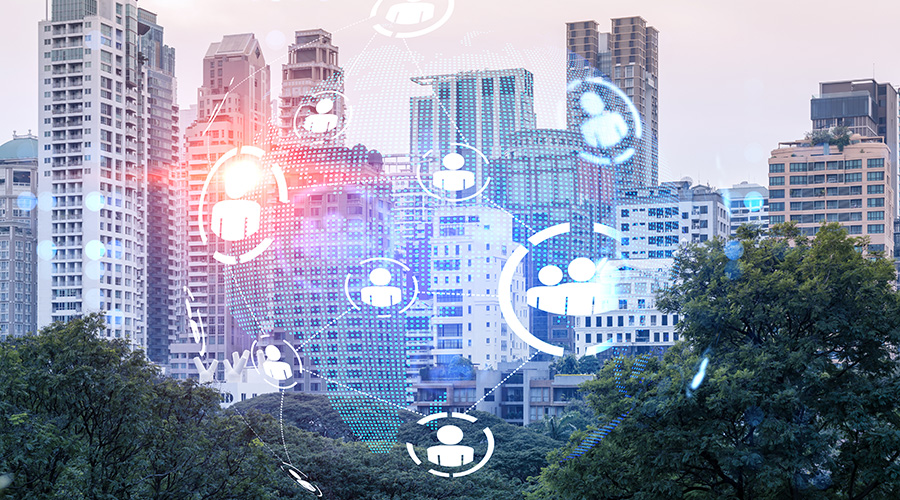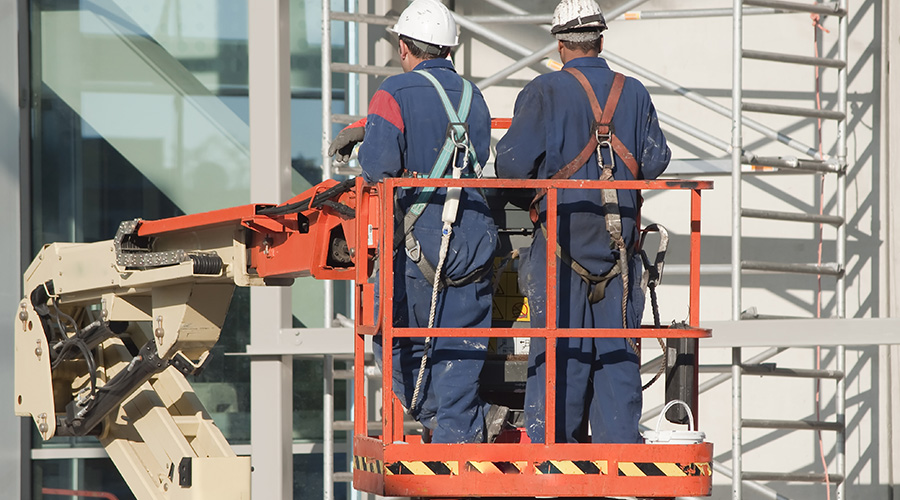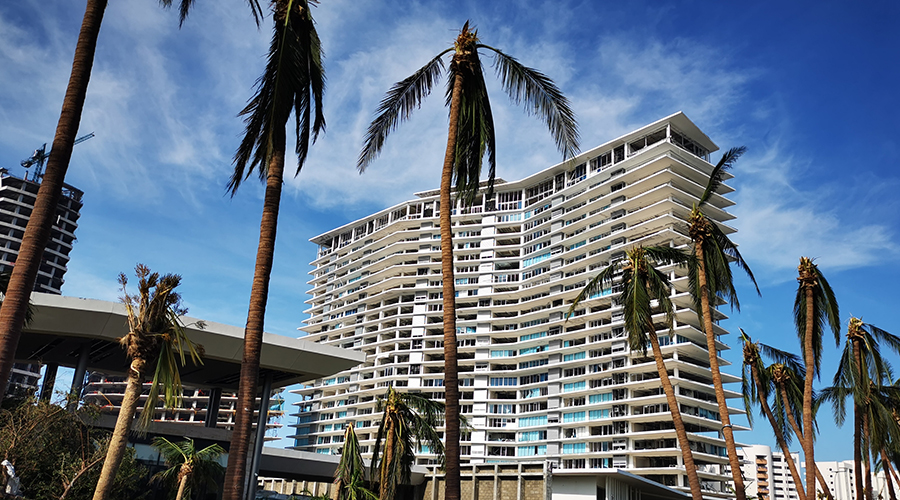Data Center Redundancy Requires More Than Just Equipment
Having redundant equipment is a standard part of the emergency plan for many data centers. But, Wade says, keep in mind that real redundancy requires careful planning and not just having a second of something on hand. As an example, he tries to get utility feeds not only coming in from different substations, but coming into the facility at access points on different sides.
"If you have two feeds coming in, but they both come into the facility at the same point, your issue may be some front-loader or something digging up the power lines where they're both in the same location," he says. He also points out that if your server racks have dual feeds coming in, but they're coming from the same switchgear, they aren't really redundant, because one failed piece of equipment knocks out both feeds.
Redundancy is a part of training, too. Identify people who can fill other roles if necessary. And, says Rosenbluth, don't limit yourself to those inside the building. If you have people available in other properties nearby, cross-train across departments and buildings to add more depth to your bench.
"If the building is one of a portfolio within a relatively proximate geographic region," he says, "you should identify personnel in the other properties who can be provided whatever resources they need — whether it's electronic access cards, or access to computer databases, or parking passes, even to be able to come in and assume the responsibilities of those who have been incapacitated."
There's one other critical thing to keep in mind, says Wade. Training, redundancy, prioritization and resource identification are all important, but they also all change as people and facilities change. So developing the plan is not a one-time thing.
"One of the main things that people don't do is they don't maintain the plan," he says. "The plan is only effective if it's current, because different things will happen throughout a period of time that will change the infrastructure of that facility. Then someone pushes a button, because the manual says to push it, and it doesn't do what it used to do."
Related Topics:















